|
Did you ever grow your own school lunch? Before the 1950’s, students across West Virginia helped to farm the produce that went into their school lunches. The Dairy Barn in Romney is one of the last standing examples of this practice. This barn in particular served the West Virginia Schools for the Deaf and Blind, and the students took part in caring for the livestock and producing the milk that would go with their lunches. When the days of students growing their own lunch passed into history, the barn fell into disuse. Eventually, the roof threatened to collapse at any minute and destroy a vital source of local and state memory. Thanks in part to a $60,000 Saving Historic Places Grant from the Preservation Alliance of West Virginia, the Dairy Barn will be preserved for generations to come. Recently listed on the National Register of Historic Places, the Dairy Barn is a stunning example of agricultural architecture from the early 20th century. Built at the end of the 1920’s with vivid red siding, it looks almost too much like a farm building. School staff and students with disabilities handled over 60 cows housed in the barn. This created lasting memories for students who help share the history of Romney to this very day. Yet by 1951, it made more economic sense for the schools to buy food produced by more efficient industrial farms rather than grow their own produce. The barn saw infrequent use after the 50’s. When severe flooding occurred in 1985, the barn acted as a depot to store and distribute donated furniture and other supplies to flood victims. By the year 2000, the building fell into almost complete neglect. A 2022 structural survey suggested an inevitable roof collapse by the end of the year. This prompted the Town of Romney to seek funding to repair the roof and reinforce its structural integrity. Their goal was to preserve the memory of “the Barn’s centrality to the community over the last century. In the middle of 2023, that work is almost complete. Thanks to a variety of funding including the Saving Historic Places Grant from PAWV, the roof did not collapse, and it is in better shape than ever. Although the Barn’s ultimate form is still in the planning stages, a number of possibilities have opened up. Because of the building’s large size, the town intends for the barn to become a multi-use facility, potentially becoming an art gallery, small business exhibit space, museum center, restaurant, and more.
Many people and organizations support the project, and a common thread through that support is to preserve the history of people with disabilities and the state. The West Virginia Schools for the Deaf and Blind is deeply integrated into the community, with the Dairy Barn central to the community’s memory. It continues operations to this day as a part of the West Virginia school system and an important piece of its history could have been lost. Yet the Dairy Barn in Romney was not totally unique. Barns like this are an almost lost feature of West Virginia history. The people of Romney took a chance and are saving not only their own history, but the history and culture of the state.
1 Comment
The New River Lodge sits a stone’s throw from the Cheat River and the historic tracks of the B&O railroad. The historic Victorian “stick” house in Rowlesburg is a testament not just to the importance of historic preservation, but its ability to create new possibilities. The house that would become the New River Lodge was built by Harry Hollis, the president of the People’s National Bank of Rowlesburg, for his sons Robert and Ross. The grand residence housed two families, eventually growing into a three-family rental property sometime after World War II. The house saw many changes over the years, gradually losing its original Victorian aesthetic as time progressed. 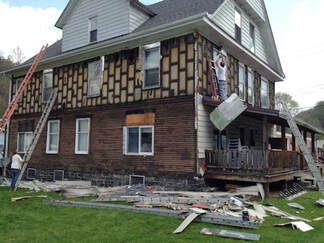 Restoration in action Restoration in action Co-owner Tim Weaver purchased the property in 2009. Many visitors came through Rowlesburg to appreciate its history, but few could stay in town due to inadequate lodging. Today the River House Lodge has transformed into landmark accommodation for the old railroad hub. The beautiful original siding, once hidden by plastic panels, has been revealed and restored. The front skirted porch, which had also changed over the years, has also been returned to its former glory. Guest rooms are decorated as they would be in the late 19th century. Some rooms even have bed frames more than 100 years old! Period furniture in the five rooms of the house evokes the Gilded Age, transporting guests back in time with modern conveniences. A trip to Rowlesburg would not be complete without taking in the town’s railroad history. Co-owner Tim has a deep connection to the area’s railroad history, saying that “My family were all railroaders; my grandfather was an engineer; my stepfather worked at the M&K shops; and uncles and cousins worked for the railroad.” The River House Lodge is a short walk away from the Rowlesburg B&O Depot Museum. There’s also nearby M&K Junction, a “famous ‘Cathedral’ of railroading.”
Rowlesburg is not like any other small town in West Virginia. On top of its monuments to rail history, Rowlesburg is home to the Greatest Generation World War II museum in the Szilagyi Center. And if you’d like to experience the Cheat River to its fullest, the River House Lodge rents kayaks and rafts at a discount to guests. You can see more at the River House Lodge’s Facebook page and website. |
AuthorHistoric building owners from around West Virginia submit their preservation success story. Archives
September 2023
Categories |
Get Involved |
Programs |
Contact UsPreservation Alliance of West Virginia
421 Davis Avenue, #4 | Elkins, WV 26241 Email: info@pawv.org Phone: 304-345-6005 |
Organizational Partners:
© COPYRIGHT 2022 - PRESERVATION ALLIANCE OF WEST VIRGINIA. ALL RIGHTS RESERVED.

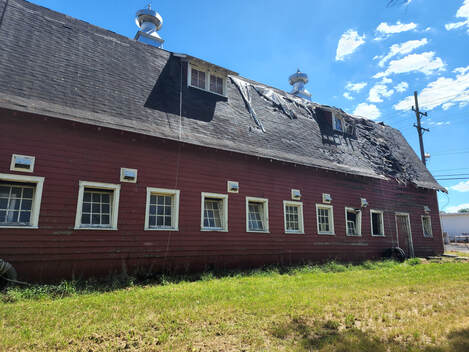
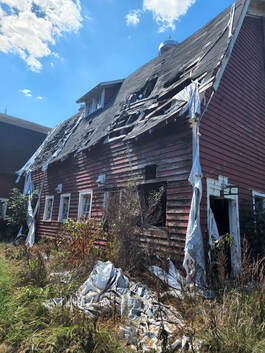
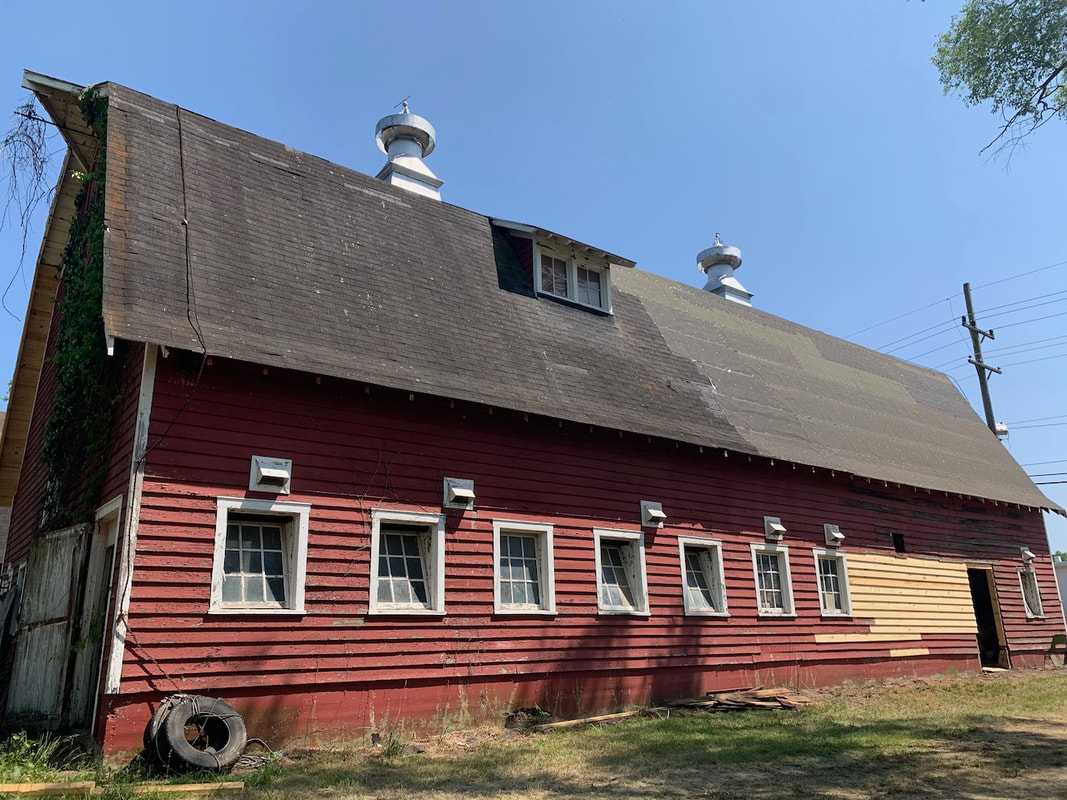
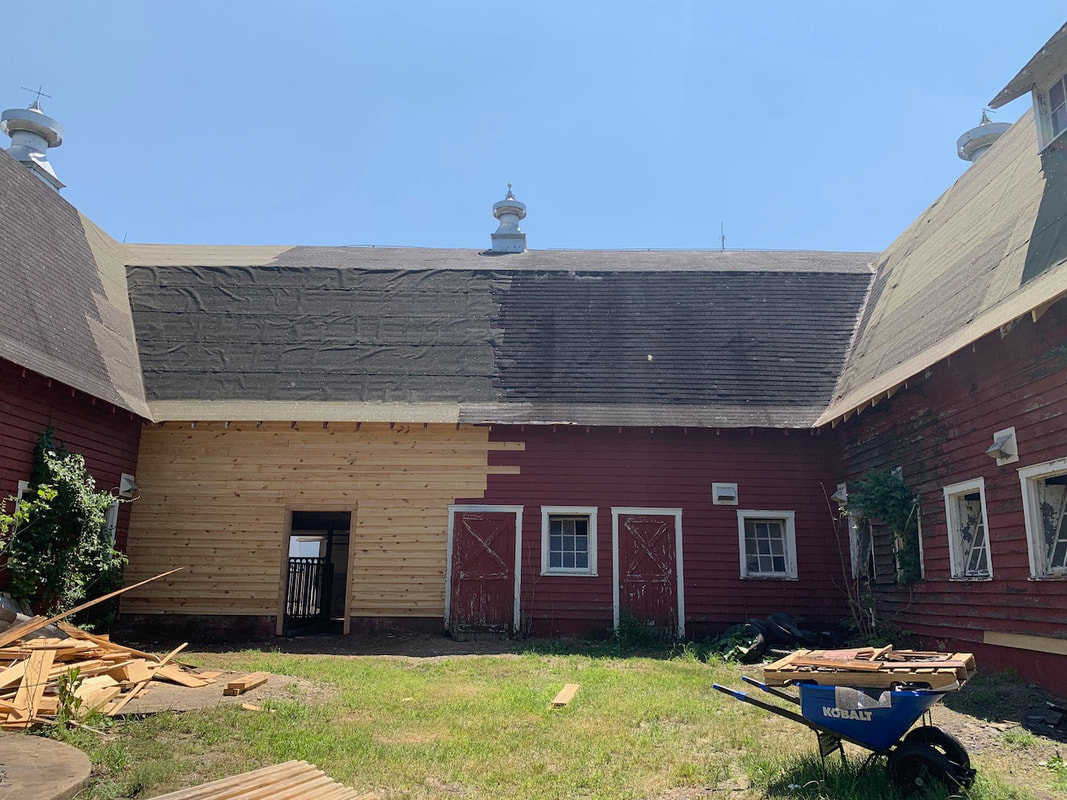
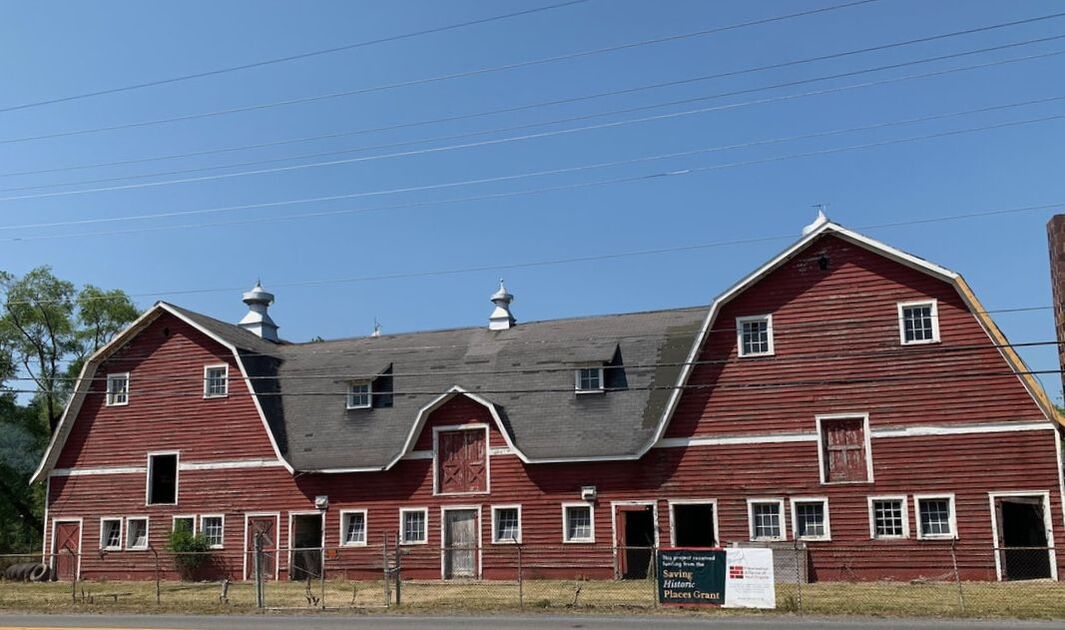
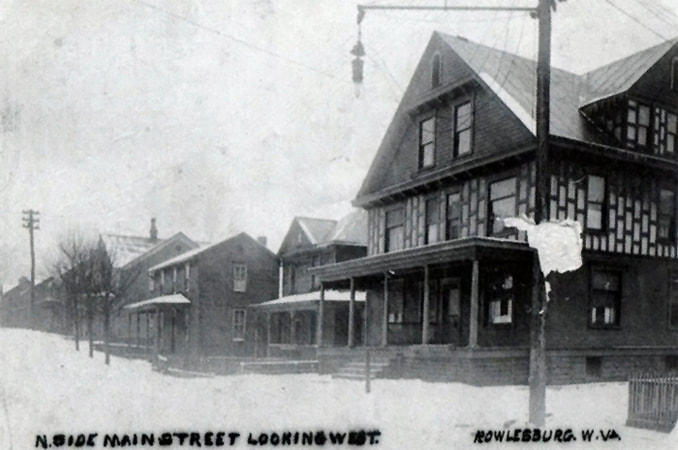
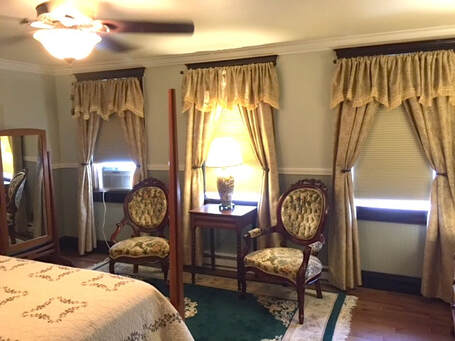
 RSS Feed
RSS Feed



